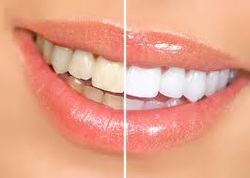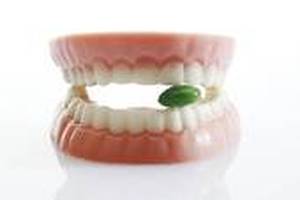Procedures Offered :
|
Services we offer
Our highly devoted dental staff at Dr. Kleem's dentist office located in Berea, Ohio specialize in patient comfort and dental needs. We are committed to providing you and your family the best dental care possible. Listed below are just some of the dental services we offer.










